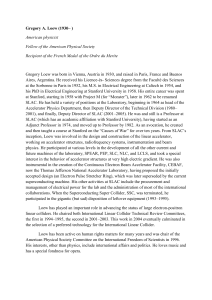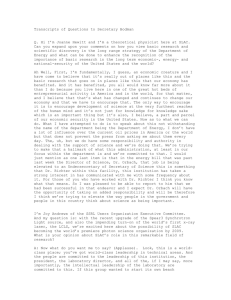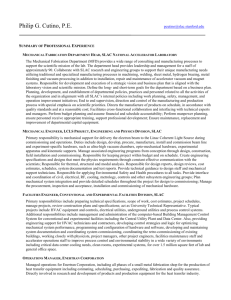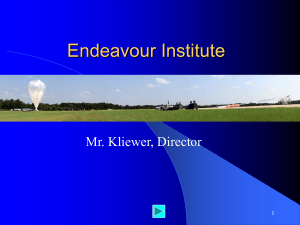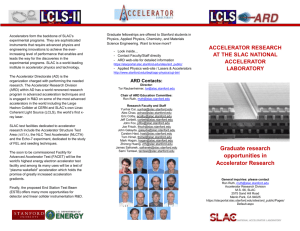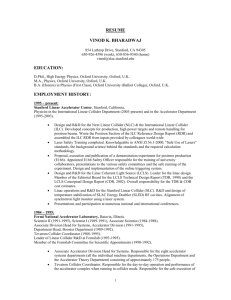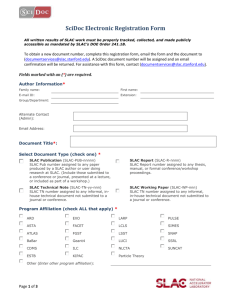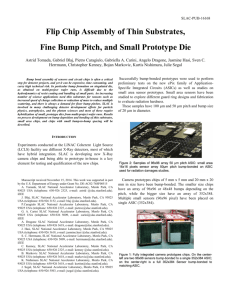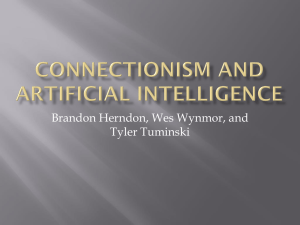Services Desired of the Host - SLAC
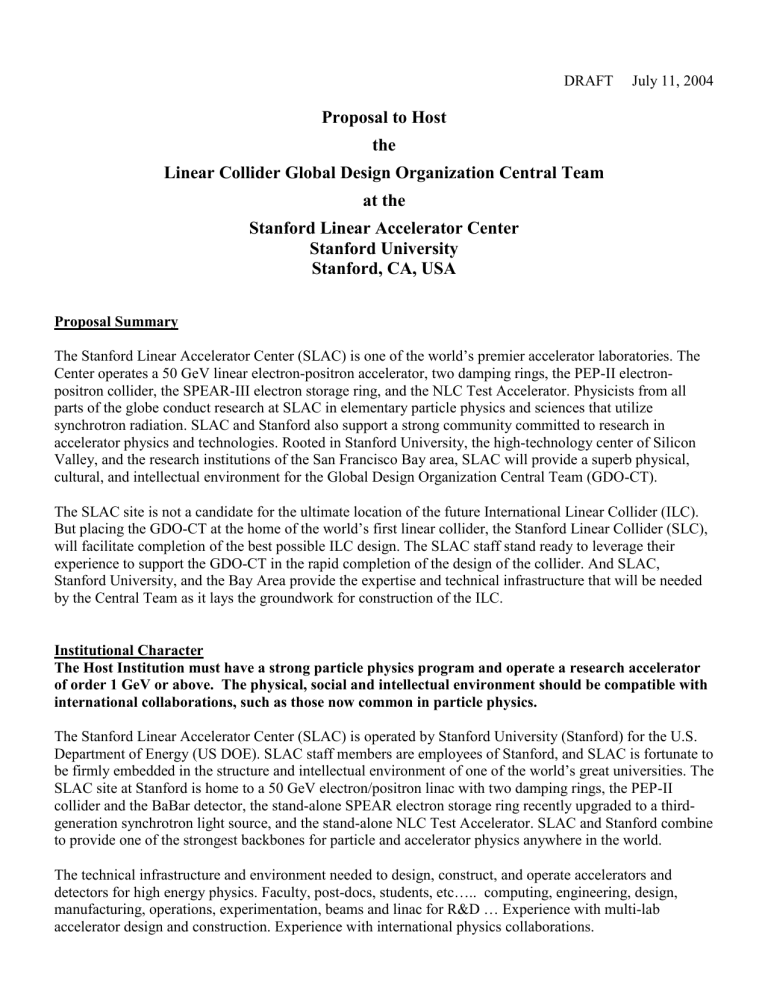
DRAFT July 11, 2004
Proposal to Host the
Linear Collider Global Design Organization Central Team at the
Stanford Linear Accelerator Center
Stanford University
Stanford, CA, USA
Proposal Summary
The Stanford Linear Accelerator Center (SLAC) is one of the world’s premier accelerator laboratories. The
Center operates a 50 GeV linear electron-positron accelerator, two damping rings, the PEP-II electronpositron collider, the SPEAR-III electron storage ring, and the NLC Test Accelerator. Physicists from all parts of the globe conduct research at SLAC in elementary particle physics and sciences that utilize synchrotron radiation. SLAC and Stanford also support a strong community committed to research in accelerator physics and technologies. Rooted in Stanford University, the high-technology center of Silicon
Valley, and the research institutions of the San Francisco Bay area, SLAC will provide a superb physical, cultural, and intellectual environment for the Global Design Organization Central Team (GDO-CT).
The SLAC site is not a candidate for the ultimate location of the future International Linear Collider (ILC).
But placing the GDO-CT at the home of the world’s first linear collider, the Stanford Linear Collider (SLC), will facilitate completion of the best possible ILC design. The SLAC staff stand ready to leverage their experience to support the GDO-CT in the rapid completion of the design of the collider. And SLAC,
Stanford University, and the Bay Area provide the expertise and technical infrastructure that will be needed by the Central Team as it lays the groundwork for construction of the ILC.
Institutional Character
The Host Institution must have a strong particle physics program and operate a research accelerator of order 1 GeV or above. The physical, social and intellectual environment should be compatible with international collaborations, such as those now common in particle physics.
The Stanford Linear Accelerator Center (SLAC) is operated by Stanford University (Stanford) for the U.S.
Department of Energy (US DOE). SLAC staff members are employees of Stanford, and SLAC is fortunate to be firmly embedded in the structure and intellectual environment of one of the world’s great universities. The
SLAC site at Stanford is home to a 50 GeV electron/positron linac with two damping rings, the PEP-II collider and the BaBar detector, the stand-alone SPEAR electron storage ring recently upgraded to a thirdgeneration synchrotron light source, and the stand-alone NLC Test Accelerator. SLAC and Stanford combine to provide one of the strongest backbones for particle and accelerator physics anywhere in the world.
The technical infrastructure and environment needed to design, construct, and operate accelerators and detectors for high energy physics. Faculty, post-docs, students, etc….. computing, engineering, design, manufacturing, operations, experimentation, beams and linac for R&D … Experience with multi-lab accelerator design and construction. Experience with international physics collaborations.
Colloquia, seminars, libraries, home DSL, recreation, concerts, opera companies, college and professional sports. Skiing, hiking, and the Pacific Ocean.
Diverse culture on the Pacific Rim. Cuisines and cultural activities from around the world.
Services Desired of the Host
Liaison
Designate an institutional liaison person, senior enough to have access to the vice – presidential level in the case of a university or the directorial level in the case of a national or regional laboratory.
The Laboratory will designate the Associate Director of the Technical Division as the formal liaison to the
GDO-CT. At present this is Ewan Paterson.
Space (and its maintenance) … Greg and Jonathan details.
Office space for 10 – 15 Central Team staff for the first two years and up to about 25 for the remaining time, which may be up to 2009. The staff will move to the LC site when it is available. (The scientific staff will be seconded from laboratories and universities around the world, with their salaries and benefits administered by their home institutions)
Office space for visitors up to 10 at a time.
Meeting space for 30 regularly with capacity for 100 on occasion .
CEH, other?
Administrative Services … Jerry and Mimi details.
Act as fiduciary agent for the Central Team, holding and disbursing, billing and accounting the
Central Team’s funds.
E.g. Chris Foundoulis and/or Cindy Lowe through Tech Division.
Procurement
Yes.
Personnel services for any local hiring (such as clerical workers, technicians)
Yes.
Environment, Safety and Health (ES&H) services for meeting local requirements
Need a liaison to ES&H Division.
Help with procuring local housing for the Central Team staff and visitors
Yes. Allowance?
Help with travel arrangements
A problem, given the way SLAC handles Travel.
Help with visas and work permits as needed (movement of scientific personnel to and from the host institution with minimum difficulty is very important)
How do we touch this?
Provision of non-salaried visiting positions if needed in order to give access to libraries, fitness facilities and health insurance.
Yes. Health insurance?
Provide telephone and telefax service on a fee-for-service basis
Provided in Lab G&A.
Minimal overhead burden on fee-for-service items and material procurements.
Negotiate rate?
Location
The host institution should be readily accessible and located relatively near to a major airport.
SFO, SJC, OAK … 30 minutes from direct non-stop service to major cities in Asia, Europe, and the US.
Midway between Asia and Europe … eight hours each direction on the clock … facilitates communications, conference calls, and video links.
Computing … Richard Mount or Equivalent details.
Provide Internet connection adequate to deal with data handling and design work associated with a large accelerator project. The bandwidth provided should be about 600 Mbps into a high speed scientific backbone like Internet II.
SLAC has two high speed production Internet connections. One, to the ESnet backbone, is at
622Mbits/s, and the second is via Stanford University to the Internet II/Abilene backbone at 1
Gbits/s. Over the past 20 years SLAC has increased its connectivity by 80% per year on average. We plan further upgrades to the ESnet link in the next year. We have dark fiber from
SLAC to the Palo Alto Internet Exchange (PAIX) that will facilitate further upgrades to
10Gbits/s and beyond. SLAC also is a leader in understanding how to provide high speed network services being a two time joint holder of the Internet2 Land Speed Record.
Act as agent for procuring and maintaining licenses for the necessary software on a fee-forservice basis.
SLAC Computer Services (SCS) supports an extensive suite of software for Windows and
Linux. This includes both public domain software and site-wide licenses. For new machines a standard suite, tailored by user group, is loaded by central services. Users are able to download further licensed software from the SLAC central licensed software site.
Site wide licenses are negotiated centrally, to get the best possible prices including academic, government and Stanford agreements.
Further software maybe requested for purchase via a web page, where the user specifies the product, the account to charge and the prospective names of the users. The user is provided with a quote through our reseller, and if accepted a blanket order release is issued. All licenses are tracked in a database including dates, prices, users, description etc.
Provide advice, hardware procurement and appropriate maintenance and security services on a fee-for-service basis.
SCS provides advice and hardware procurement support. Contracts are negotiated centrally with various vendors to provide attractive pricing. Recommended hardware is also eligible to place on a maintenance service contract with the SCS maintenance contractor (currently
Maintech). By default recommended hardware is placed on the SLAC/Maintech service contract.
SLAC runs an extensive set of security services, including filtering traffic at the border, inspecting email for potentially dangerous or inappropriate email, scans for potentially vulnerable hosts, patch application to centrally managed hosts etc.
Design Services … see below.
Provide CAD services on a fee-for-service basis and/or provide interface and advice for CAD users employed by the Central Team
Engineering and Consulting … see below.
It will be highly desirable to have locally available, on a fee-for-service basis, recognized experts on underground civil engineering, mechanical and electrical engineering and environment, safety and health matters.
Design, Engineering and Consulting Notes:
1.
Interpret “locally” to include SLAC, Stanford University, LBNL-LLNL-UCSC, and the high tech firms of Silicon Valley and the SF Bay Area.
2.
Issue of CAD services is touchy. Are we restricted to systems already in use at SLAC?
3.
“Engineering and Consulting” is straightforward to write since we do not need to commit in this
Proposal to any specific number of people that can be had on fee-for-service basis. But in reality, staffing the GDO-CT will require negotiation. This document does not need to go into that.
4.
References to PEP-II experience with multi-lab accelerator project management.
